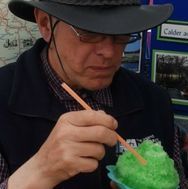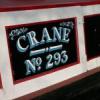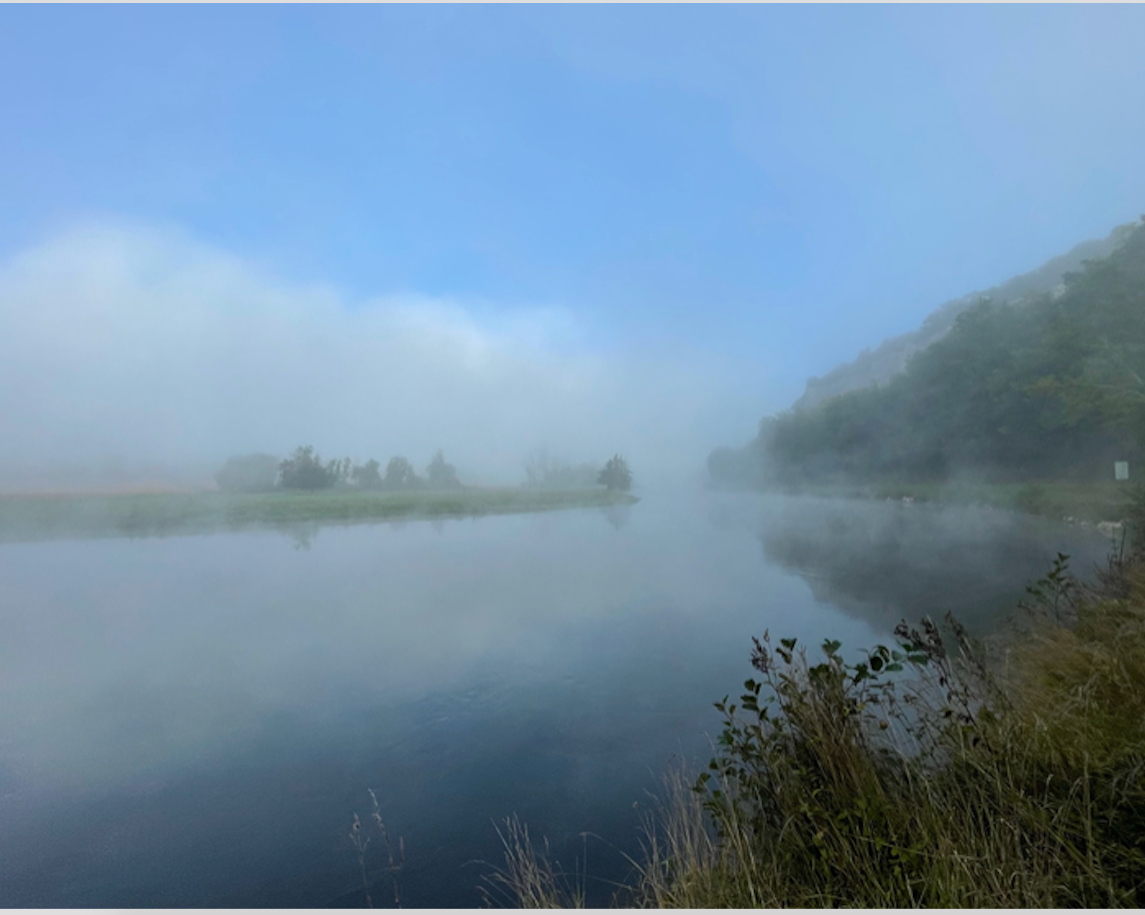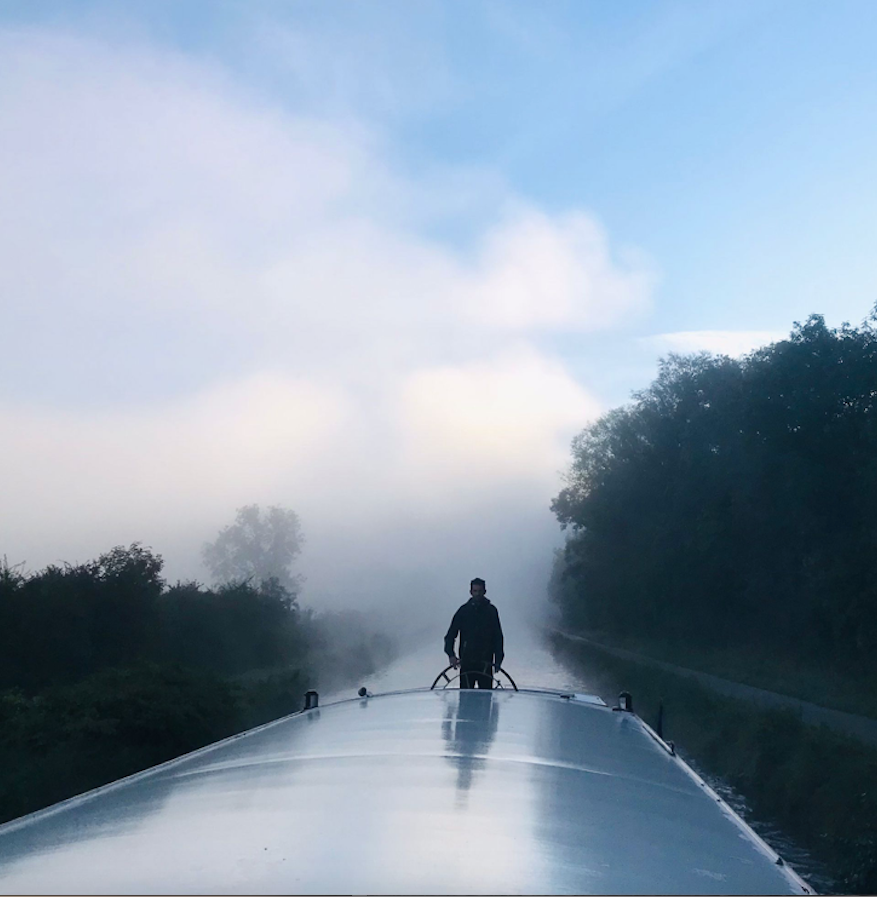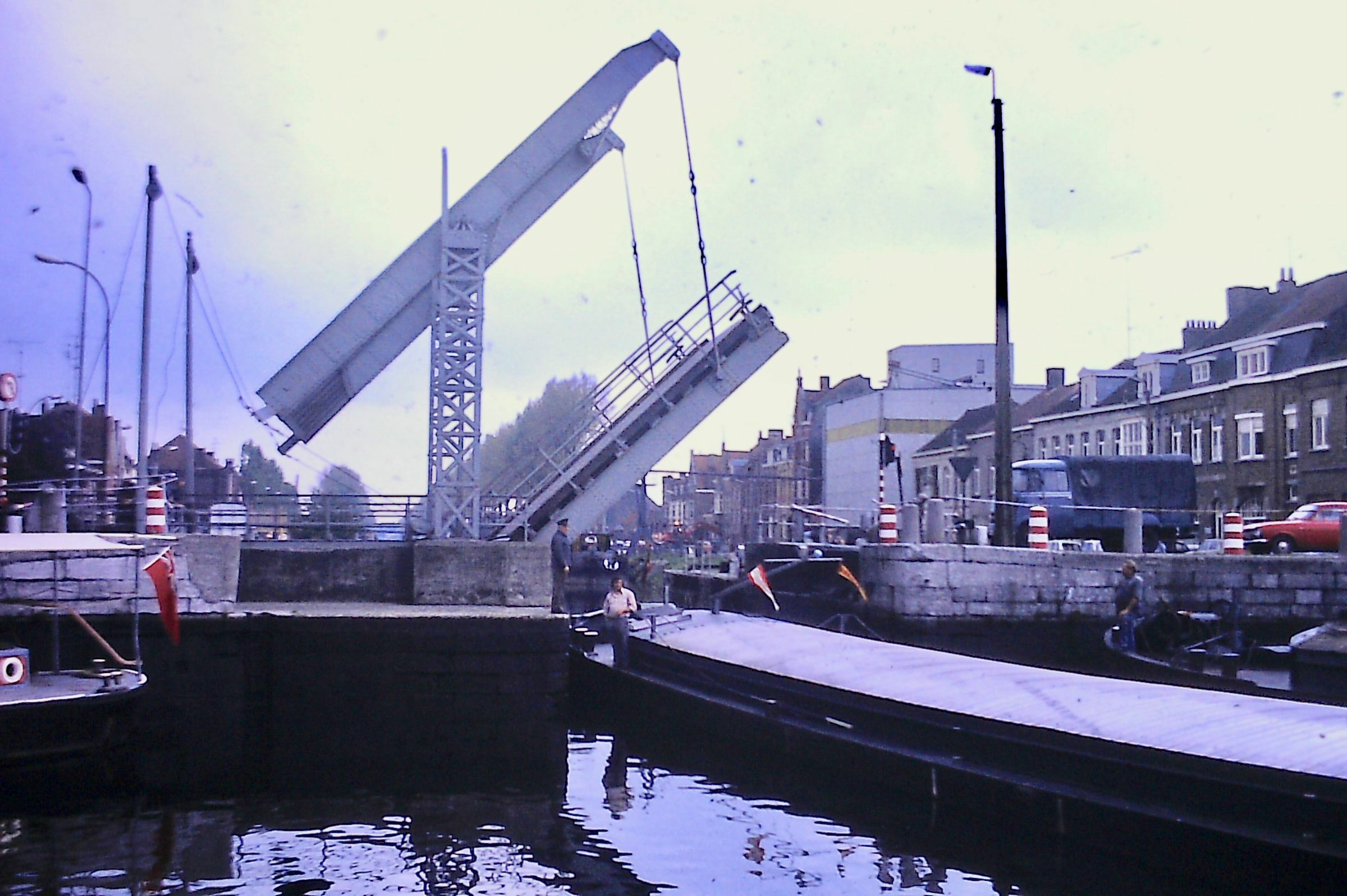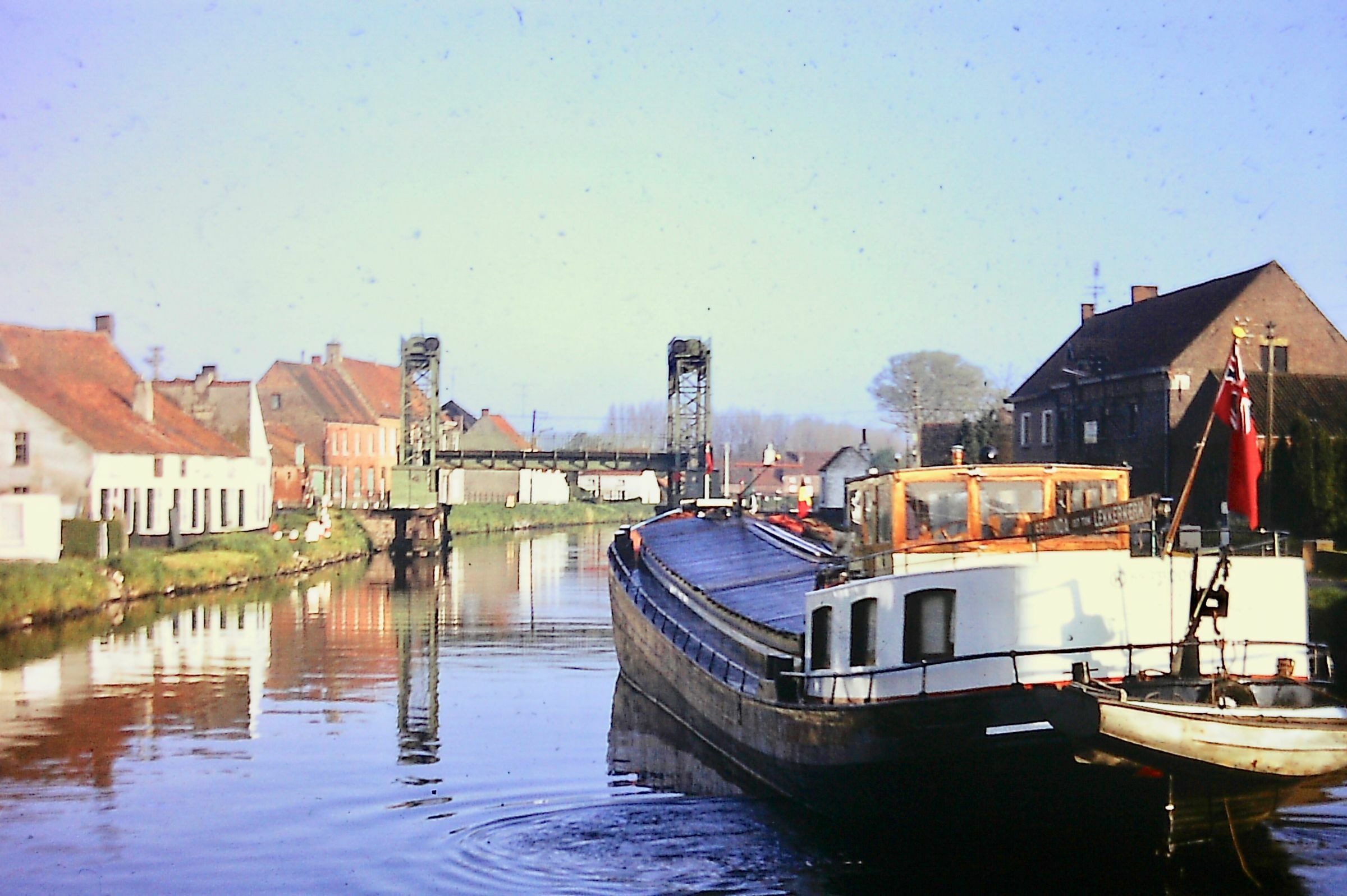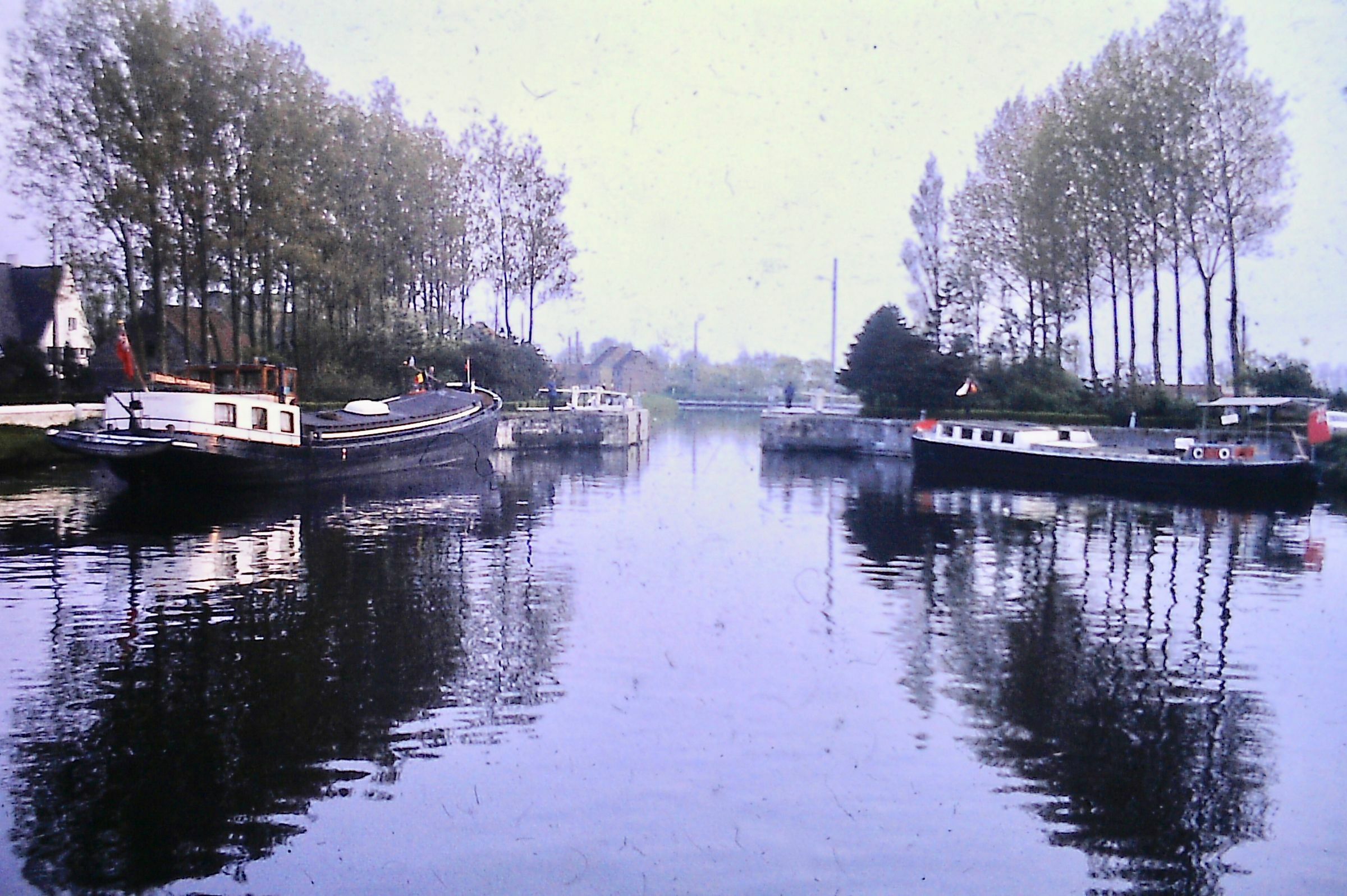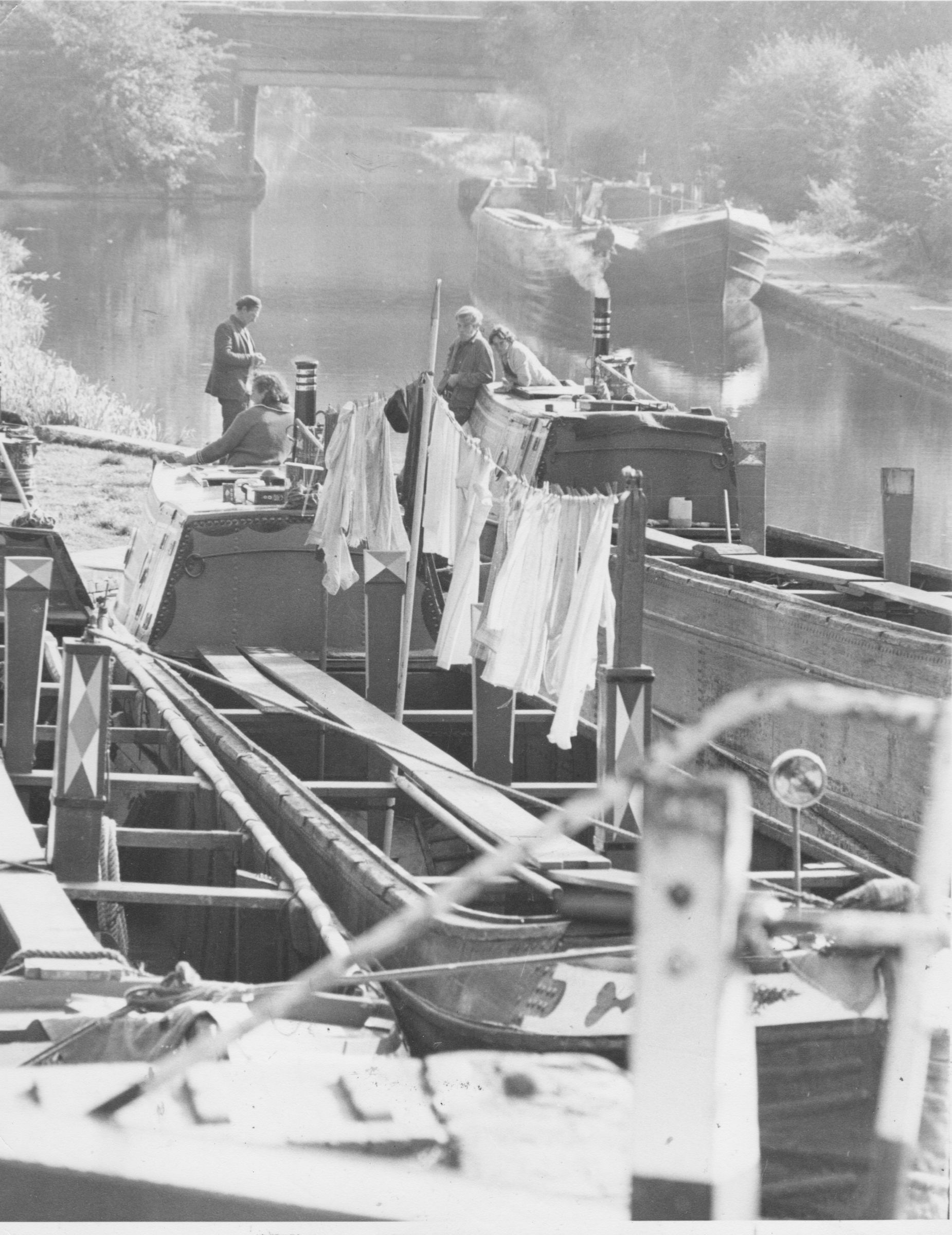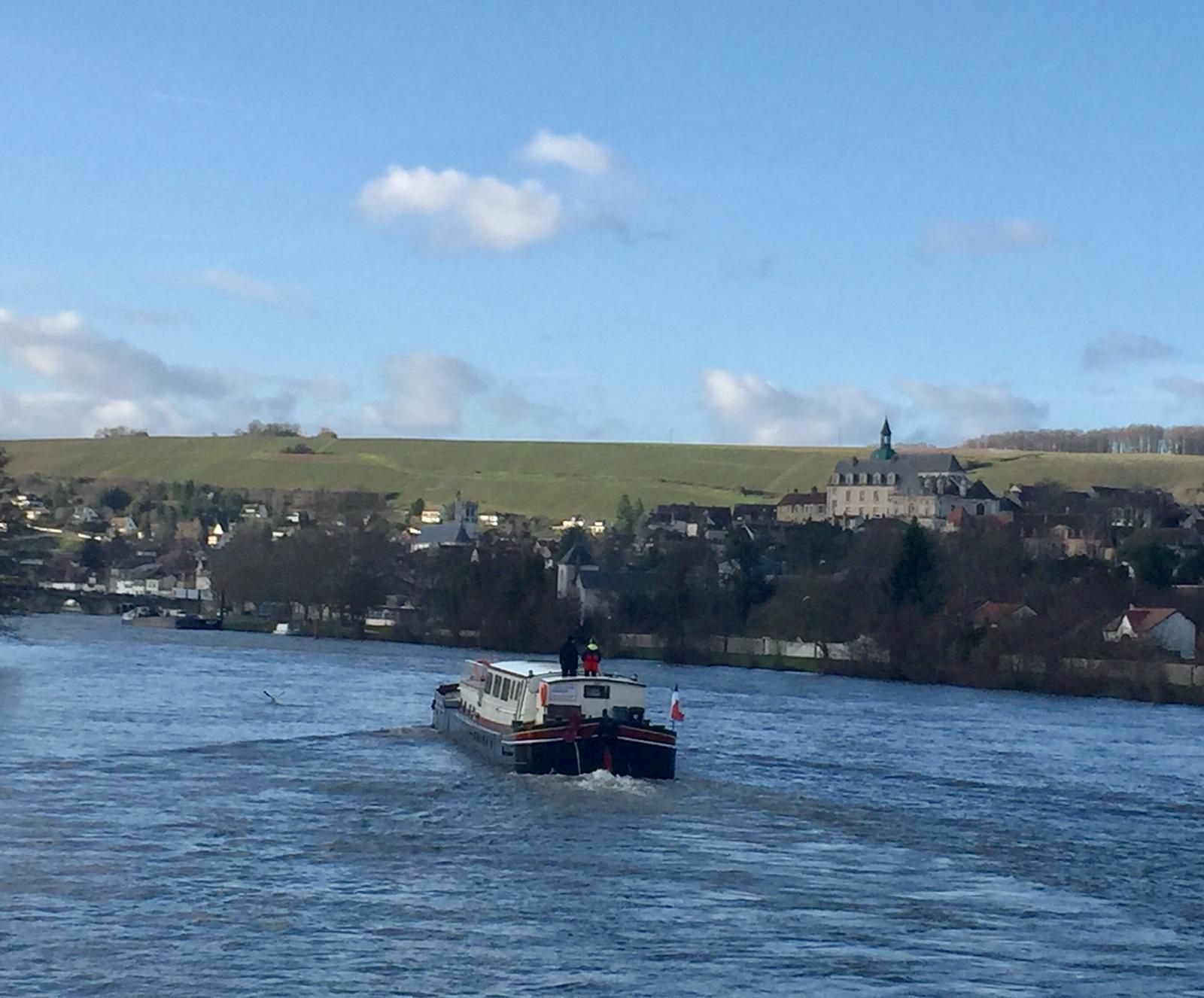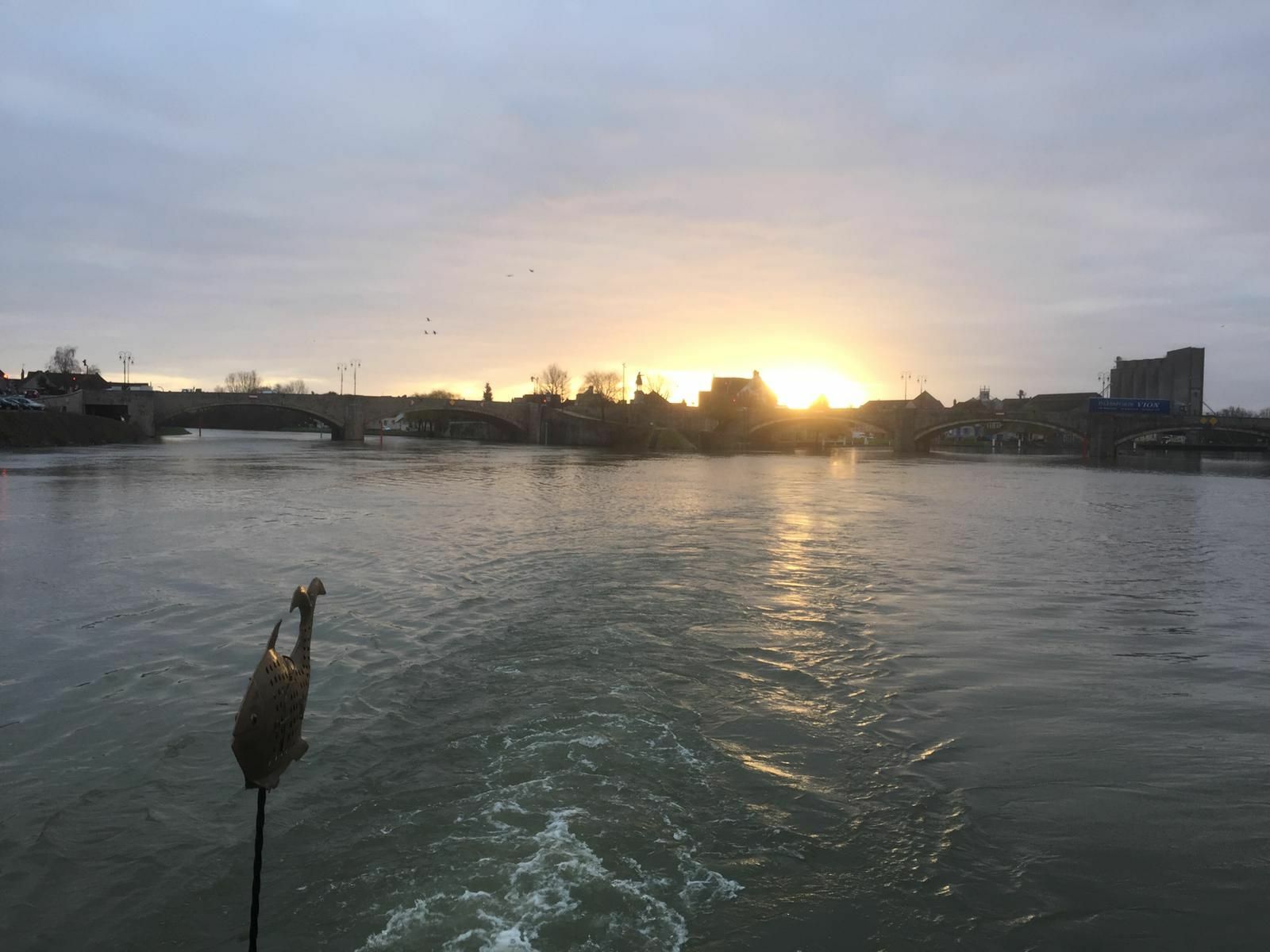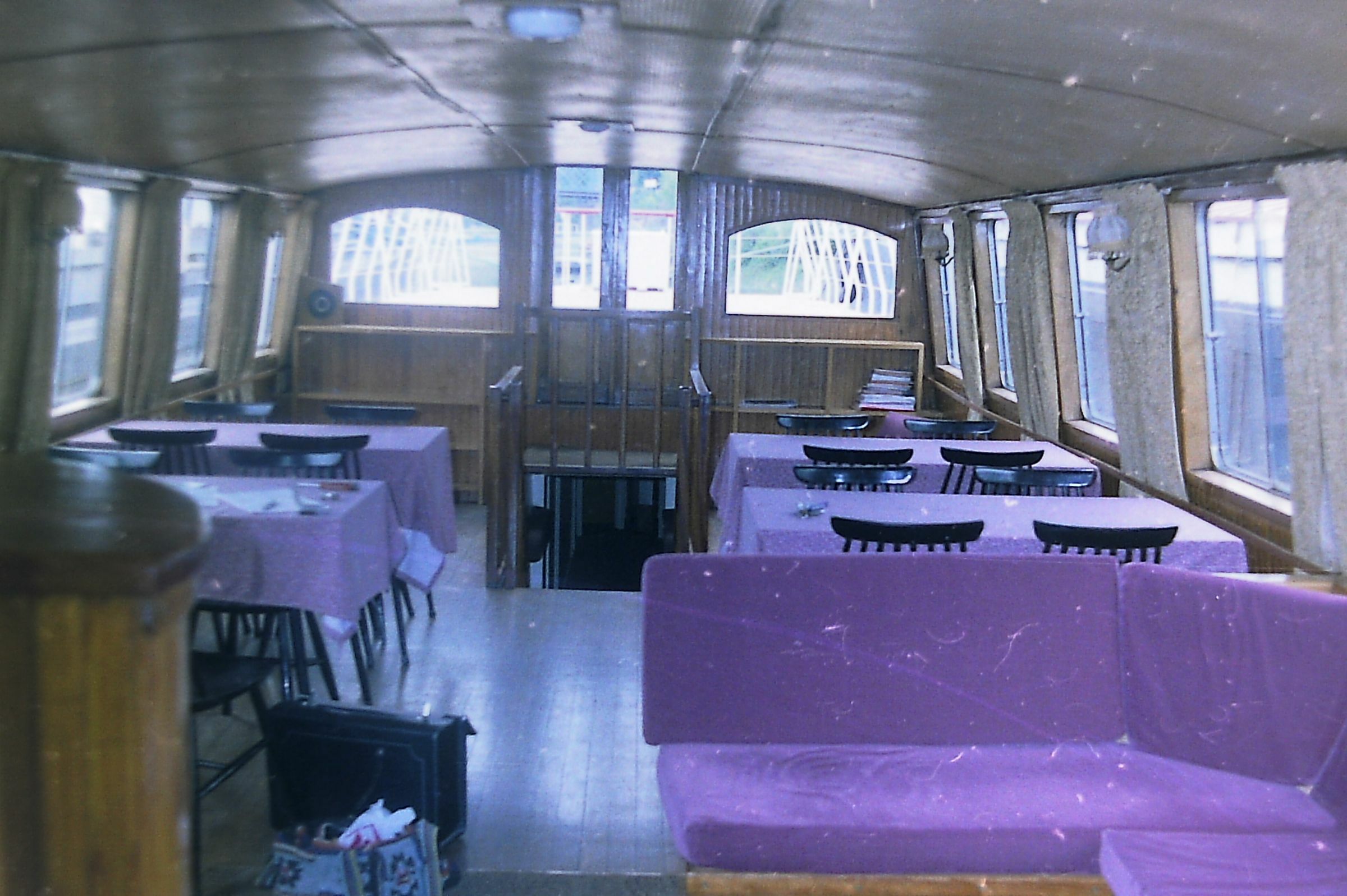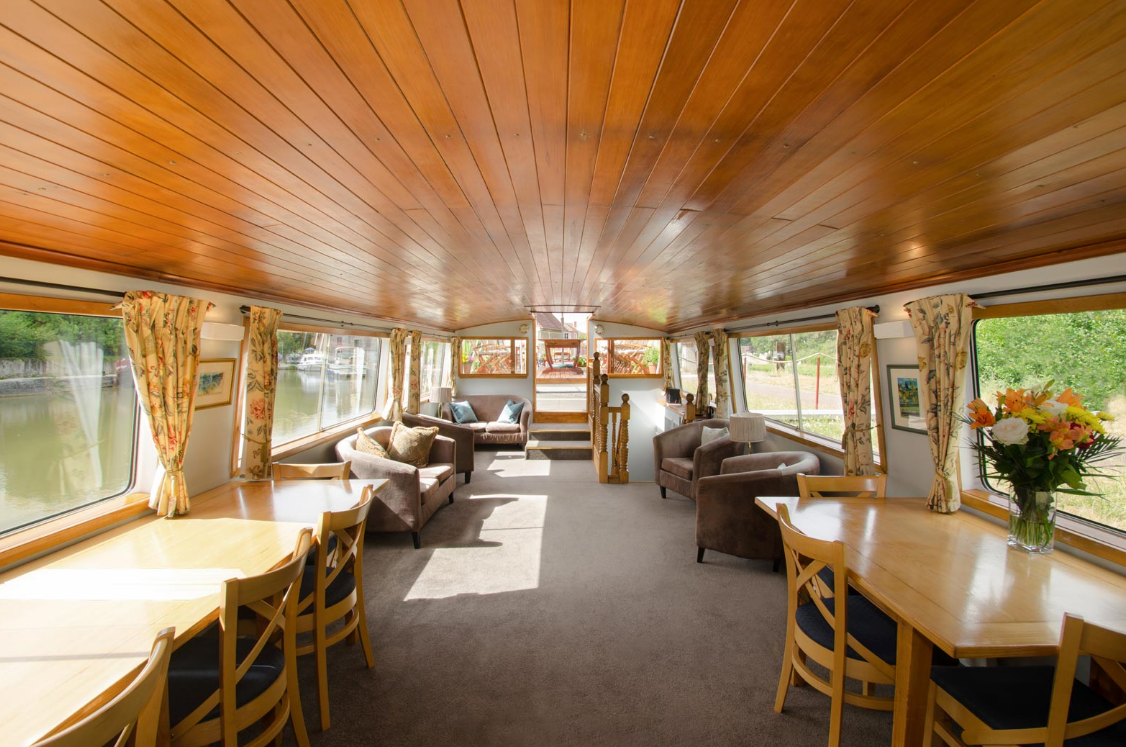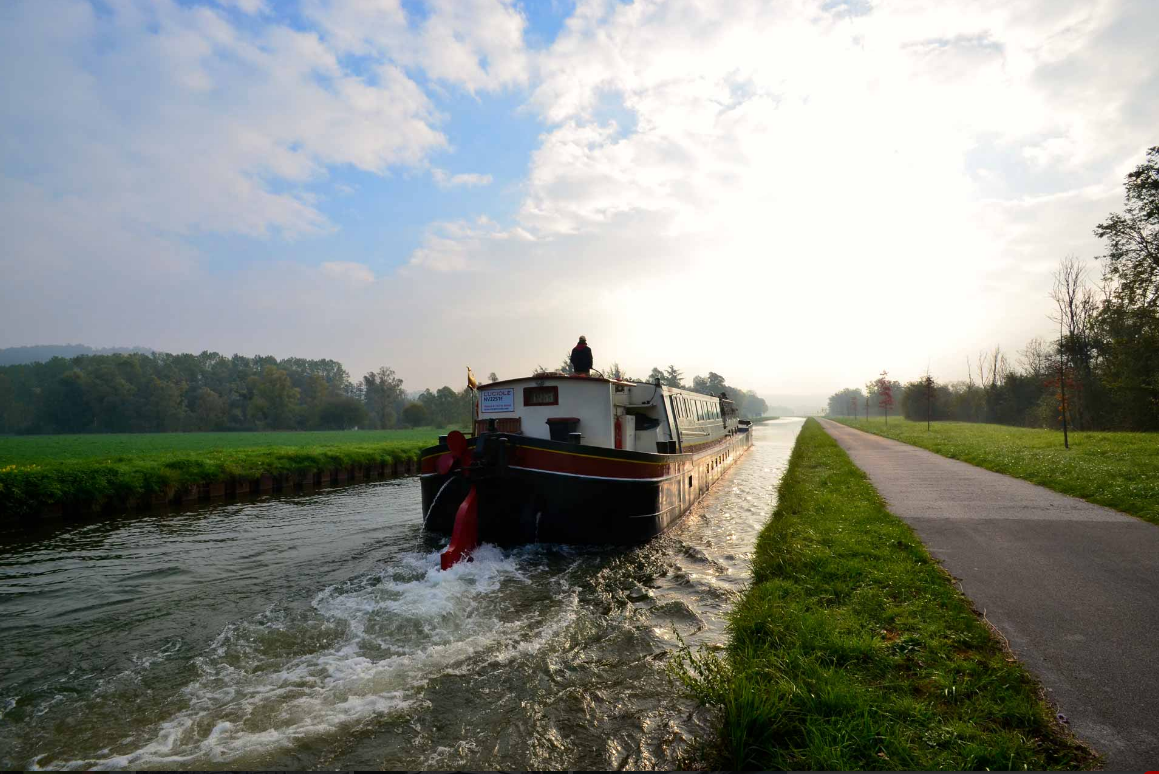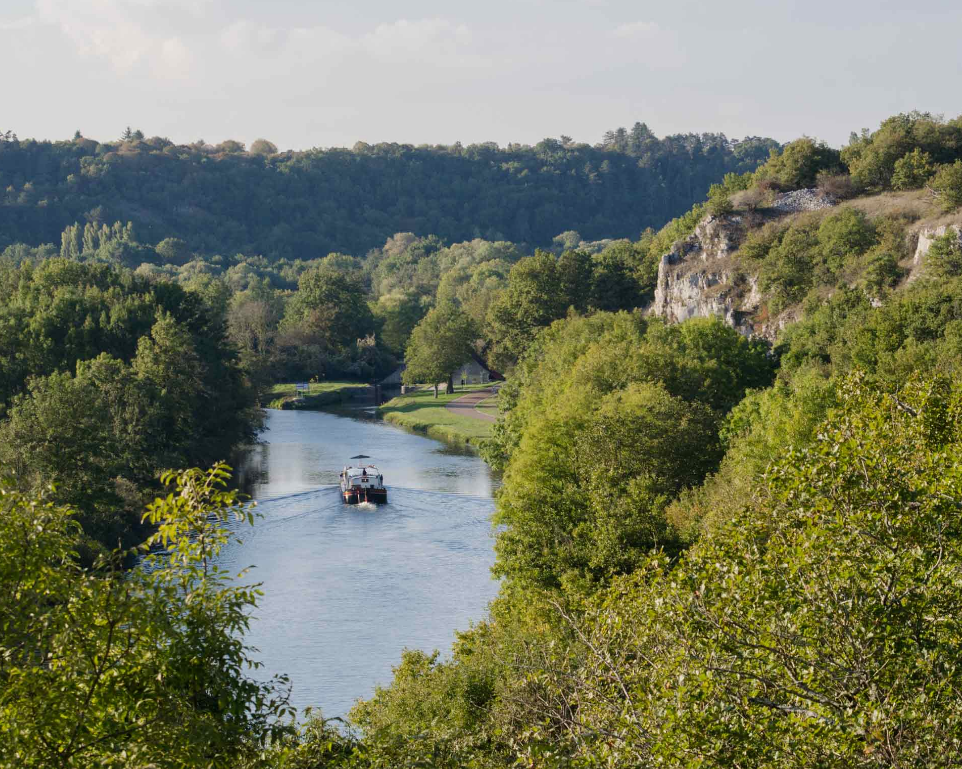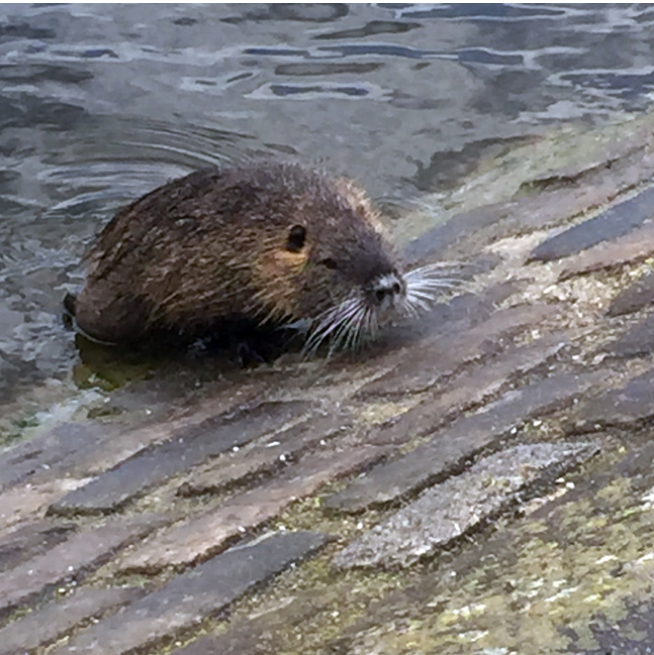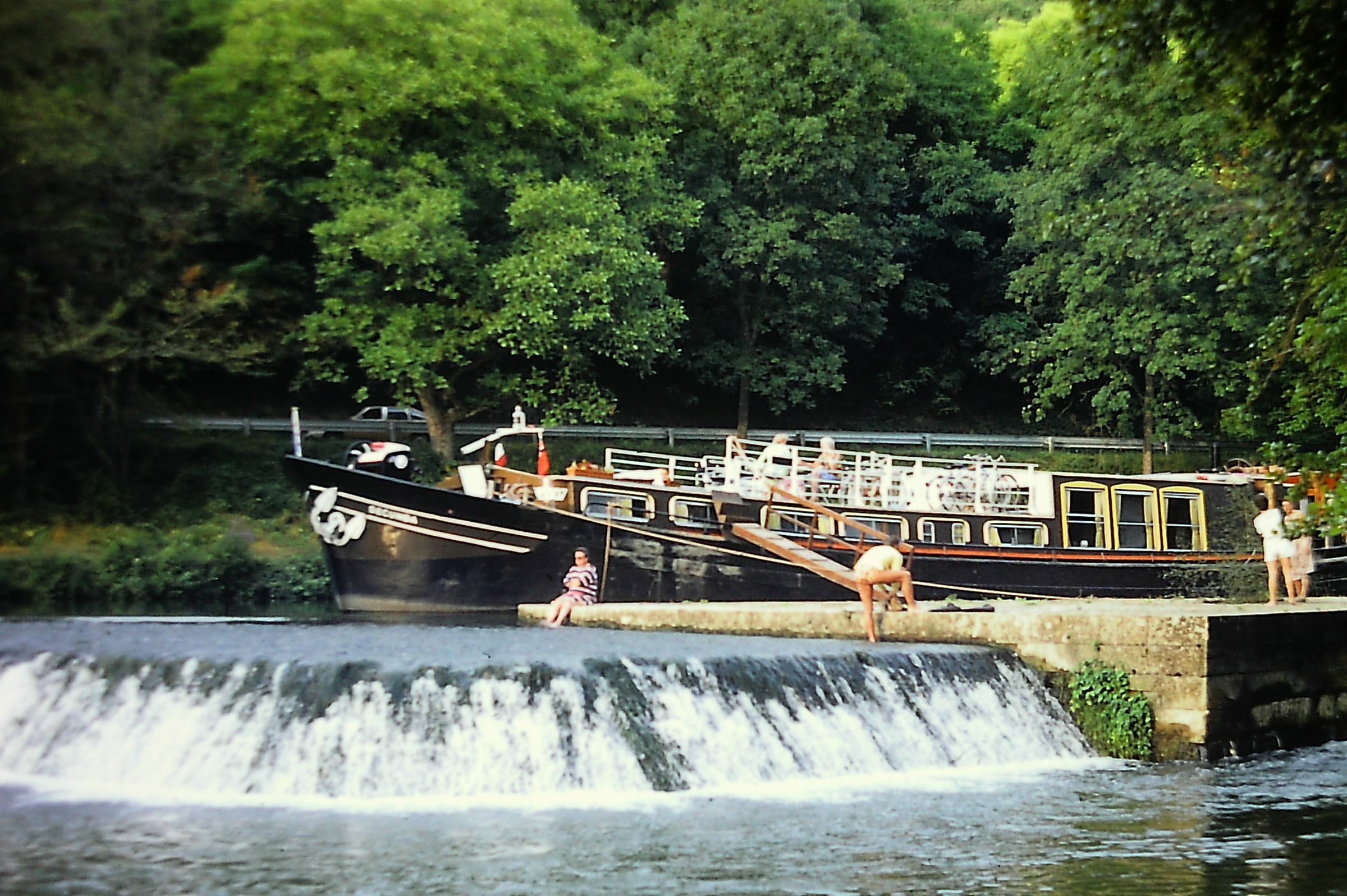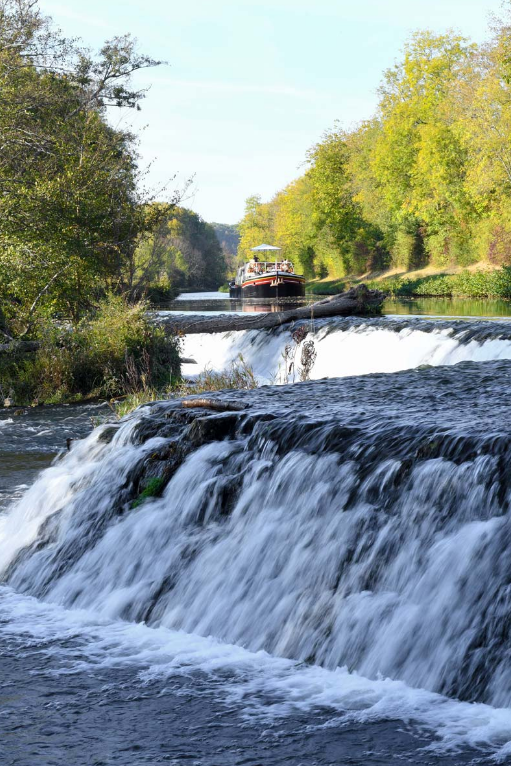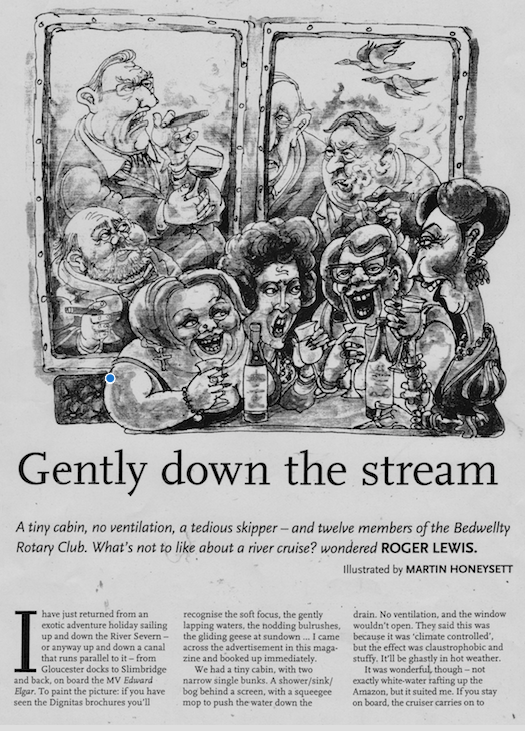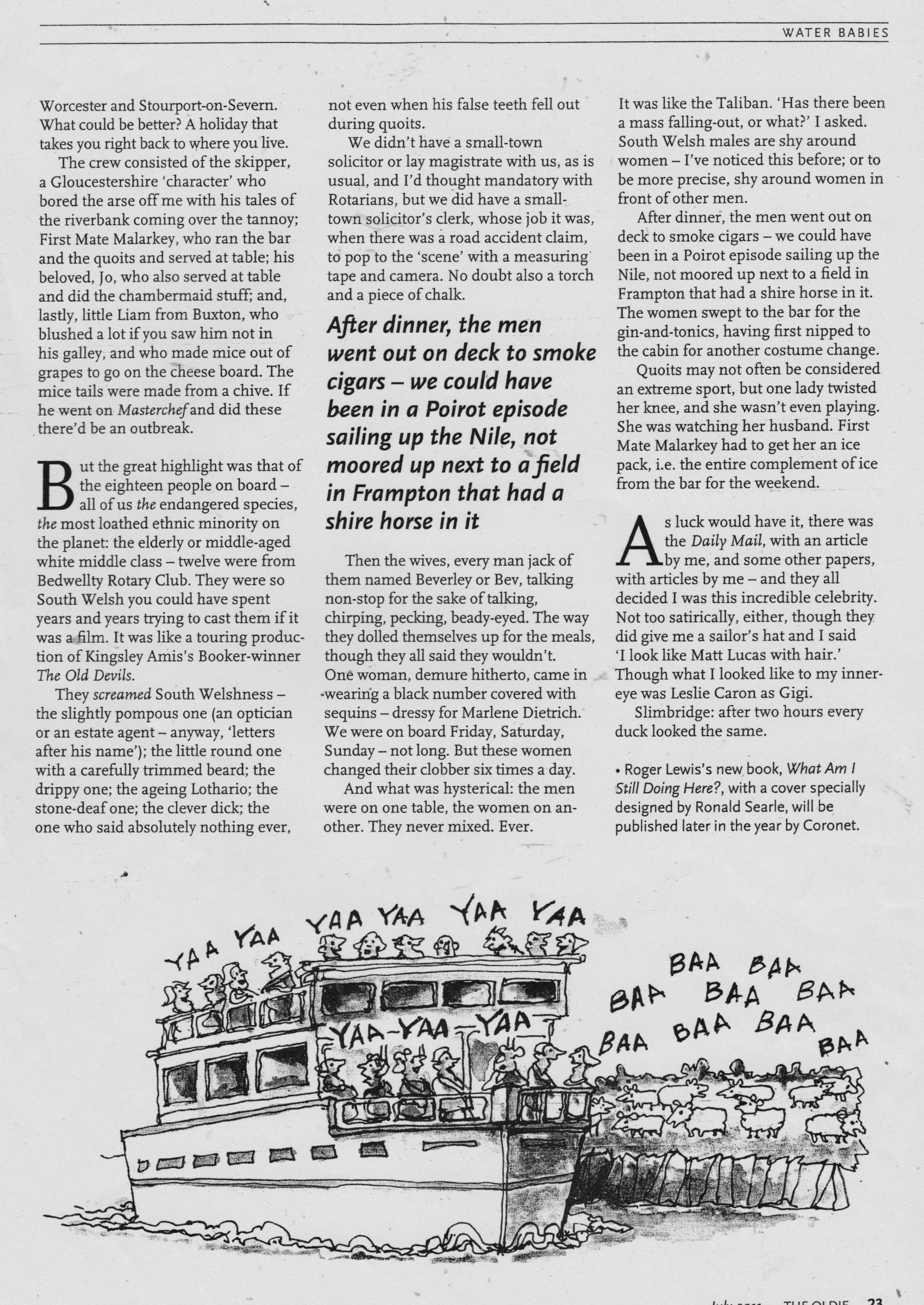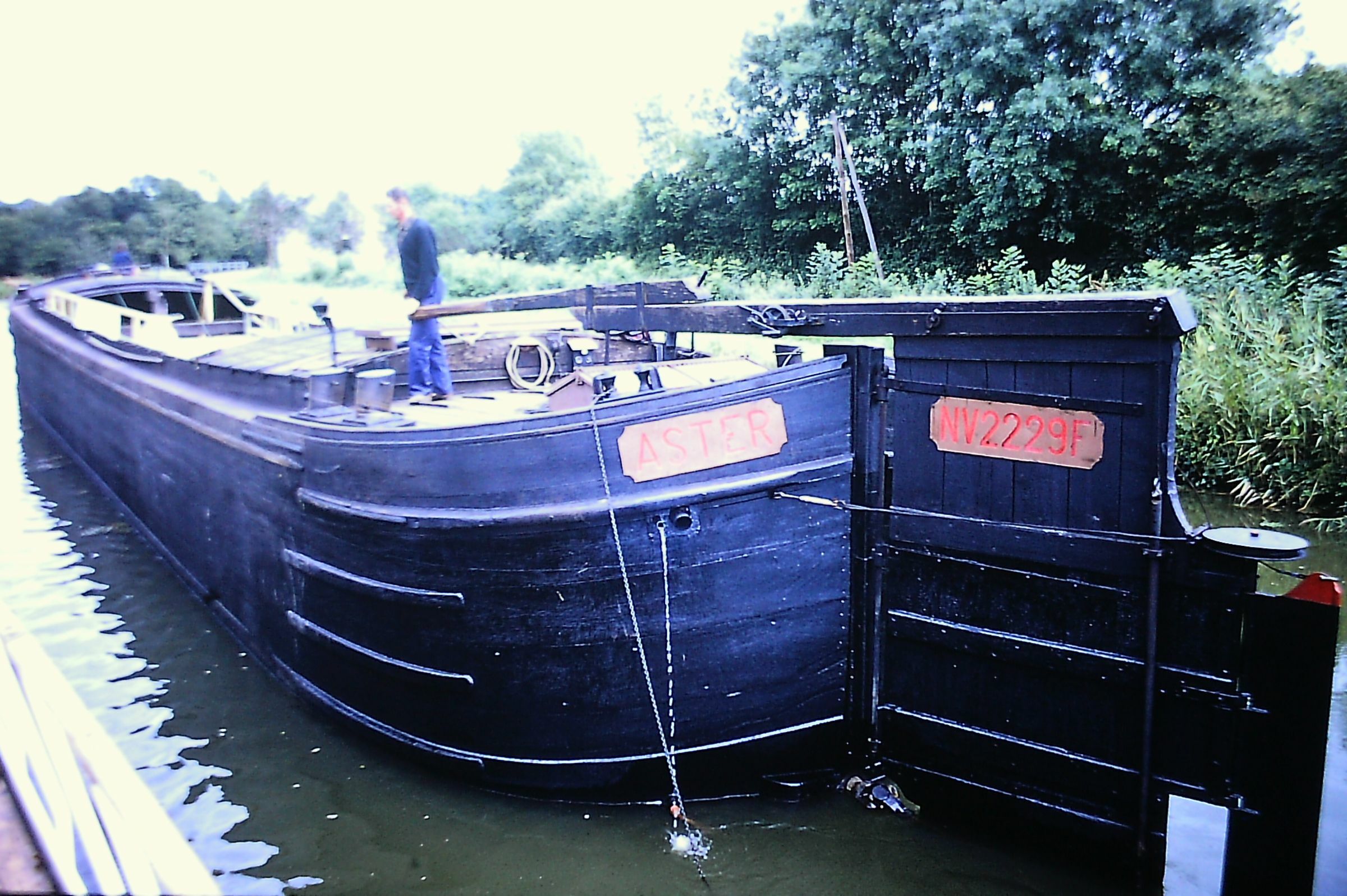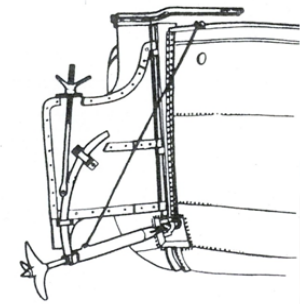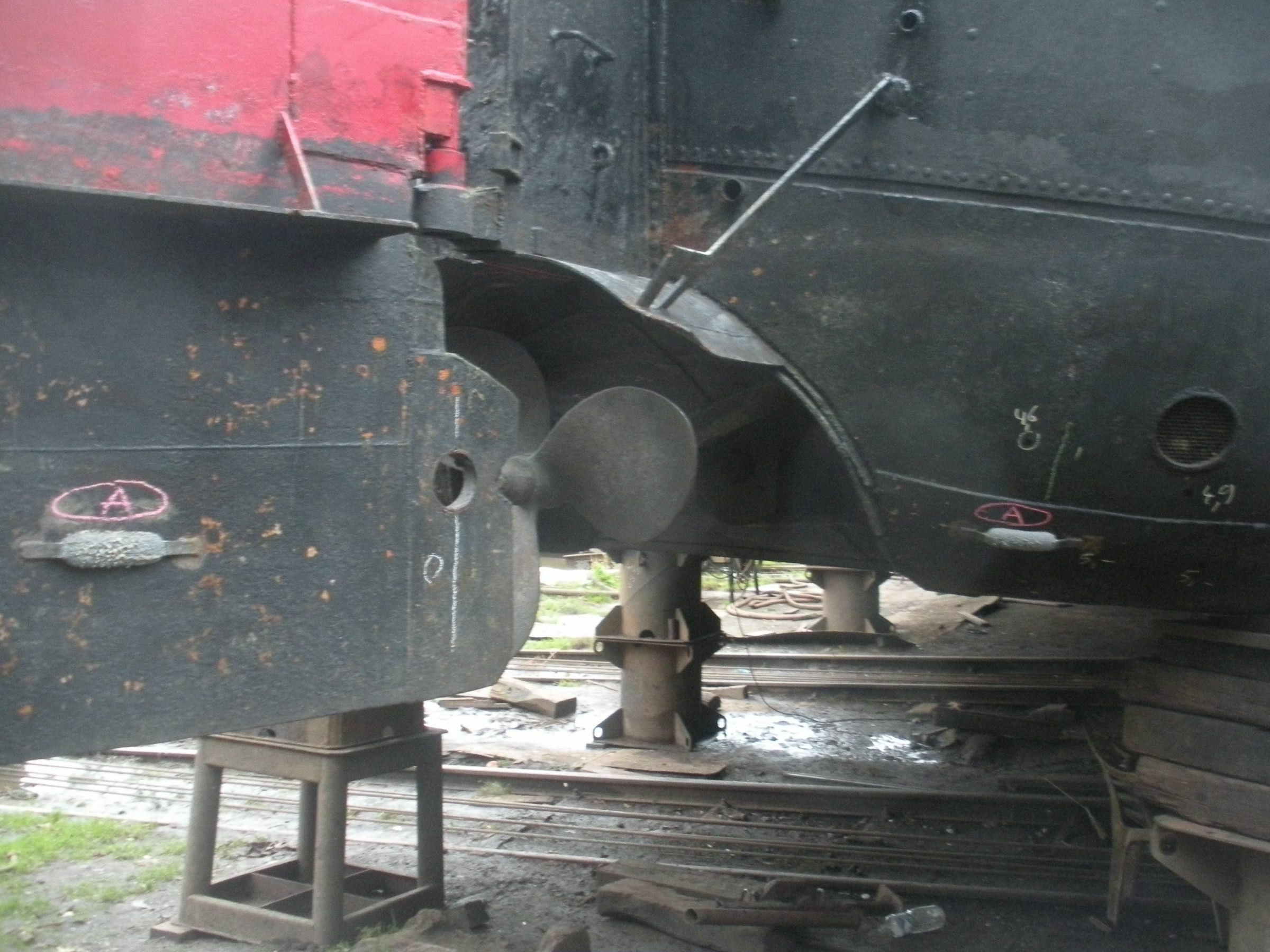-
Posts
319 -
Joined
-
Last visited
Profile Information
-
Gender
Male
-
Location
Cheshire
-
Occupation
Holiday Company MD
-
Boat Name
Luciole
-
Boat Location
Auxerre
Recent Profile Visitors
1,288 profile views
John Liley's Achievements
Community Regular (6/12)
548
Reputation
-
Belgium again, on the joint trip with Secunda andArthur, heading back to England.. The bridge with a freighter going through is at Bruges, with the tail end of short boat Arthur visible on the left. It may not look it, but this was one of several exits from a largely ciircular lock on the canal past the city. The twin tower device was one of several encountered west of Gent, in one instance, thwarting the efforts of a quantity of people trying to get to a factory on time. Water transport took precedence, but it was not well received
-
When the Jam Hole traffic ended in 1970, the regular run with coal from Atherstone to Kierley & Tonge's plant on the outskirts of London, the craft on the last trip were unexpectedly held up by a stoppage for lock repairs on their way back up the Grand Union Canal. As ever, the three pairs of boat's in the Blue Line fleet were moored according to a certain pattern. The reason is explained by a tale passed on by an apprentice woodworker at the company's Braunston base: Wanting to return a screwdriver he had borrowed from the Whitlock family of 'Renfrew' and 'Lucy', he asked Arthur Bray, who was passing by, if he could drop it off for him, whereupon Arthur drew himself up straight and announced "I havn't spoken to them for the last nineteen years and i'm not going to start now." Hence the mooring etiquette, with the Bray's 'Roger' and 'Raymond' separate from the rest. For all that time, in what was to be the last regular traffic on the cut, all that had been exchanged were the stoniest of stares.
-
Our boat as she was when we bought her, and as she is now (Roof raised, larger windows install, stairway shifted). Lots of other mods elsewhere, including hull lengthening, cabins rearranged, machinery changed, toilets installed ..... and so on. There are still a few original bits somewhere, I think.
-
With the River Yonne running in and out, the Canal du Nivernais has some splendid weirs. In our earlier days with the Secunda I used to moor for the night at one of these, just resting against the stonework, but was asked to stop by the section manager, on the grounds that our mooring spikes would damage the structure. When I pointed out that we did not use any spikes, just laid a rope laid round a big stone buttress at the upstream end, he thought for a while, then said he would be grateful if I stopped mooring there all the same lest it set a bad example to others who might use spikes after all. There have been changes in personnel since then, so maybe we could start again. It was always a smashing mooring.
-
For those of us in the hotel-boat business, a telling commentary in the 'Oldie' magazine a few years back. The Edward Elgar described was subsequently sold, then sank while under tow to new owners across the Irish Sea. The article rang a few bells for me of my own early days. But we never did quoits.
-
The Aster was launched in 1951, possibly the last timber-built freighter in France. At 30.42 metres she was of the type known as a batarde, being shorter than the standard 38.5 metre peniche, and as such was capable of navigating the sub-standard section of the Canal du Nivernais. When the regional authority took over the running of that section in the late 1970s she was consverted to passenger-carrying and ran for many years before falling foul of up-dated regulations requiring intermediate bulkheads, stability testing, etc. She is now preserved on the Saone at St Jean de Losne. When the Aster was motorised the traditional rounded stern was by no means suitable for a straightforward propellor arrangement. Instead s shaft was positioned below the rudder with a propellor at the after end. The boat's bow rudder was also extensively deployed (in a fashion beyond my own understanding!) A similar dilemma arose in the late 1920s with the Ponctuel, now our own hotel-barge Luciole. Originally drawn by mules, she had the same bluff stern, but being of steel, rather than timber a tunnel arrangement could be contrived, as in Picture Three. It still works well.
-
I think the old lock house belonged then to someone who kept the place in order, but it has since lapsed back into wilderness. I tried then to persuade people to join in making the old lock into a dry-dock, a sorely needed facility for those of us in the hotel-barging trade, for whom the alternative is a journey of several days to the River Seine, (an unattractive prospect if you have suffered a damaged propellor). The cost, however, knocked this project on the head.
-
I several times used this mooring myself, an appreciated alternative to the basin at the start of the Canal de Bourgogne. In my early days there was all-night shunting on the railway lines beside the basin, plus the thunderous roar of TGV trains which went through at the time, all reasonably subdued at this nicer spot around the corner.



